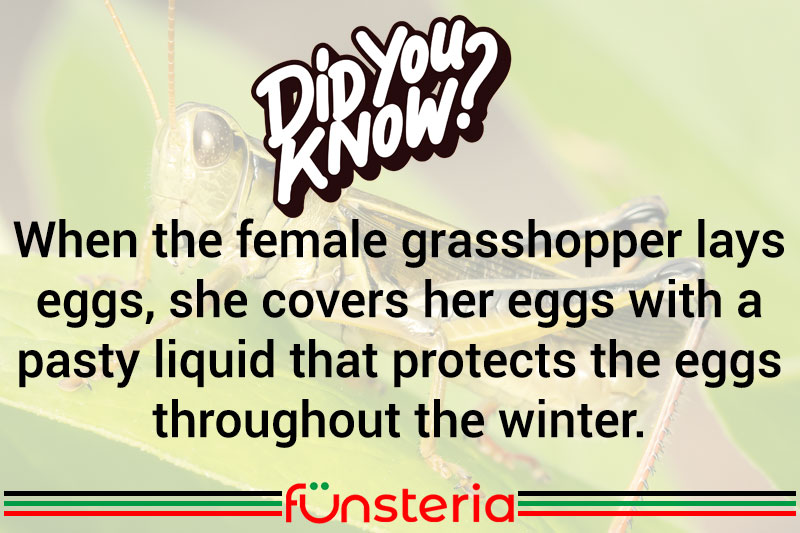
You’d think with their proclivity for leaping high and long, the grasshopper would plant their progeny in something higher, like a tree. But in fact, their eggs are inserted in the ground, where they over-winter and hatch the following Spring. The preferred area for creating this nest of next year’s hoppers, is soil covered in short grass/vegetation, which can be penetrated 1-2 inches.
After mating, female grasshoppers produce eggs that are formed into a pod inside her body by the manufacture of a sticky substance that not only creates a clutch of rice grain sized eggs, but providess a protective coating for them as well.
Being active creatures, the grasshopper has any number of natural predators that will seek out the adult population. But the eggs have predators as well, including crickets which will feed on any pods they come across, as well as the beetle fly who lays their own eggs near the grasshoppers, and the resulting larvae move over and feed off the grasshopper eggs.
The nymphs, or hatchlings, take 40-60 days to become mature, adult grasshoppers. At that time they can measure anywhere from 1-3 inches long, leap up to 20 times their body length, and communicate by rubbing their legs together, brushing their wings, or snapping them.



